As I wandered through Sicily’s winding streets, I felt like I was stepping through centuries of royal history. The island’s story jumps from Arab emirs, who governed independently while nodding to Fatimid authority, to the bustling era of Siculo-Norman kings, and then to Spanish viceroys who held sway for over three centuries.
Sicily’s royal lineage stands out as one of the most diverse and culturally rich monarchical histories in the Mediterranean. You can still spot the blend of architectural styles and traditions everywhere you look.
My fascination with Sicily really began when I stumbled across the old traces of the Kalbid dynasty, who ruled from 948 onwards. Their mark lingers in the island’s food, farming, and architecture.
But honestly, it was the shift to Norman rule that blew me away. Roger II founded the Kingdom of Sicily in 1130, and that era brought prosperity and political clout that still echoes through European history.
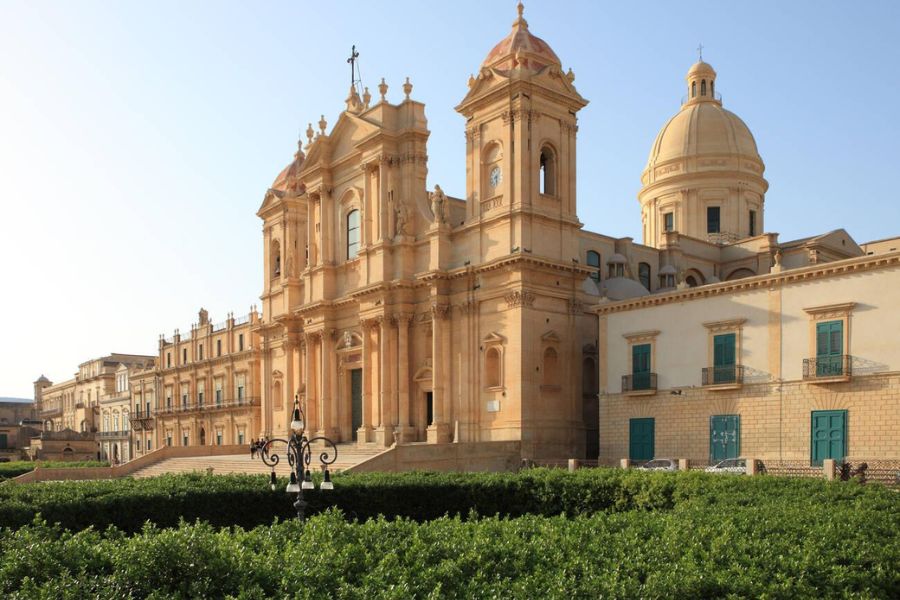
While exploring palaces in Palermo, I started to see how Spanish viceroys later left their stamp as regents for Spanish kings. Their grand buildings and ceremonial halls tell tales of power and cultural exchange.
That long Spanish period layered even more complexity onto Sicily’s identity, weaving together the multicultural fabric that pulls in history lovers like me.
My Arrival in Sicily: Tracing the Layers of Royal Influence
Landing in Sicily felt like I’d walked into a living museum. Every stone seemed to whisper stories of conquest, culture, and royal intrigue.
Even before I reached my first stop, I could sense the deep mix of Arab, Norman, and Spanish rule all around me.
First Impressions of Palermo and Sicily’s Multicultural Mosaic
Palermo welcomed me with a wild mix of architectural styles. The city’s skyline showed off domes from the Arab era right next to Spanish baroque facades.
As I wandered the central market, vendors’ calls carried hints of Arabic—a reminder of the Emirate of Sicily, which ruled from 950 to 1091, making Palermo its capital.
The Norman Palace stood as proof of the next rulers, who interestingly kept much of the Arab administrative system. I spotted Arabic inscriptions tangled with Christian icons in several buildings.

What really caught my attention was how the Spanish Viceroys, who governed for over three centuries, left their mark in the grand public spaces and noble mansions. The facades almost seemed to guard stories of Don Calogero and princes like Don Fabrizio Corbera.
Wandering Through Palermo’s Historic Streets and Fountains
Palermo’s royal ties really shine at Quattro Canti, that dramatic baroque crossroads where Spanish Viceregal power stands frozen in stone. Each corner shows off a different Spanish king, watching over the city like silent guardians.
I spent ages snapping photos of the ornate fountains scattered around the old town. They aren’t just pretty—they tell stories of power and patronage. The Pretoria Fountain, nicknamed “Fountain of Shame” for its nude statues, shows off the Spanish rulers’ love of spectacle.
Narrow medieval lanes led me into hidden courtyards where noble families once lived. Many buildings flashed coats of arms that mix Spanish and Sicilian symbols—clear proof of how local aristocrats adapted to each new regime.
As the afternoon sun turned the buildings golden, I sat with an almond granita, wondering how many royal processions had marched through these very streets.
From Arab Emirs to Norman Kings: Shifting Powers That Forged Sicily
Sicily’s royal history is a wild ride of cultural exchange and conquest. When I walk the island today, I still see traces of the Arab rulers who came before the Normans, and how that transition shaped everything from architecture to daily life.
Legacy of the Arab Emirs and the Rise of Palermo as a Capital
The Emirate of Sicily thrived from 950 to 1091, making Palermo its capital and heart. Each time I visit Palermo, I’m struck by how the Arab emirs transformed the city.
They built advanced irrigation systems and introduced crops that changed Sicilian farming for good. Under the Arabs, Palermo rivaled cities like Damascus and Baghdad in culture and learning.
The emirs set up an impressive administrative system, one the Normans kept instead of scrapping. They also kept ties with the Khalif of Baghdad and other Islamic powers, turning Sicily into a Mediterranean crossroads.
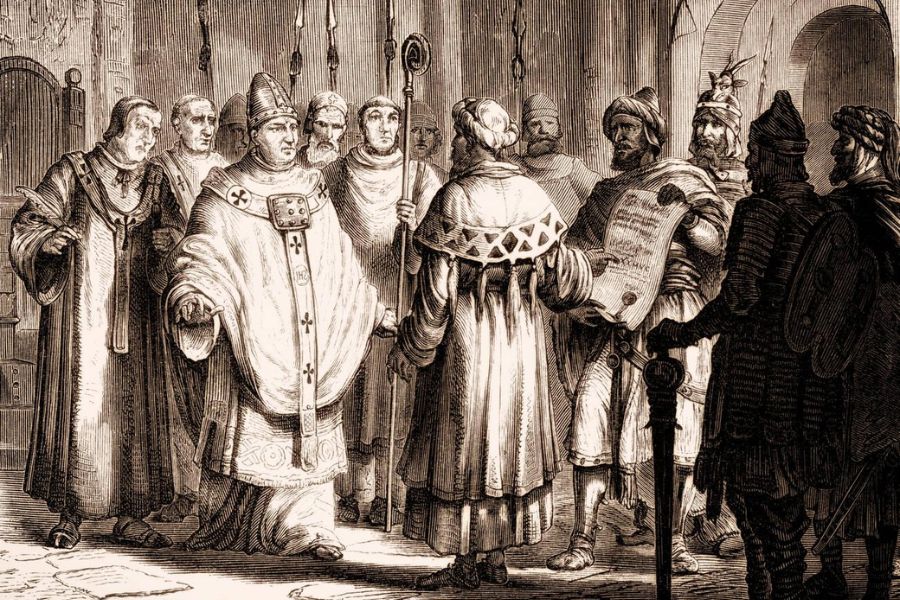
I keep hearing Arabic words sprinkled in the local dialect—another sign that the Arabs left a deep mark.
The Arrival of the Normans and the Norman Conquest
As I walk around Sicily, I can’t help but notice the big shift when Norman adventurers landed in the 11th century. Robert Guiscard and his brother Roger led the Norman conquest from 1061 to 1091.
What really fascinates me is how the Normans, instead of wiping out Arab influence, folded it into their own rule. Jeremy Johns’ research shows that Norman kings kept much of the Arabic administration in place.
The Normans juggled influences from all sides:
- Islamic administrative practices from the Arab era
- Religious traditions from Byzantine Christianity
- Military organization from their Norman roots
This mix let the Norman kings build one of the most advanced governments in medieval Europe.
Palazzo dei Normanni and Traces of Islamic Architecture
The best example of this cultural mashup stands right in Palermo—the Palazzo dei Normanni (or Palazzo Reale). Touring the palace, I was honestly amazed by how it brings together Sicily’s multicultural past.
Arab emirs built the original palace, and then Norman kings expanded it. Inside the Cappella Palatina, I stared up at the pointed arches—a clear nod to Islamic design that Norman builders embraced.
The ceilings show off intricate muqarnas (those honeycomb vaults) that remind me of Islamic buildings in North Africa. It’s wild how these blend right in with Christian imagery and Norman military touches.

The Palazzo dei Normanni really shows how Sicily’s Norman kings saw themselves as inheritors of both European and Islamic traditions.
Byzantine Influences and Crusader Echoes
It’s not just Arab and Norman influences here—Sicily’s royal story includes strong Byzantine ties. Walking through old churches, I keep spotting Byzantine art styles mixed with Islamic decorations, thanks to Norman patrons.
The Byzantine army still held eastern Sicily before the Arabs arrived, and that influence never totally faded. After the Norman takeover, they revived those connections.
During the Crusades, Sicily became a key stop between Europe and the Holy Land. I’ve traced the paths of crusaders who rested in Sicilian ports before heading off to Constantinople and beyond.
This blend of Byzantine, Islamic, and Western Christian elements created Sicily’s unique Norman-Arab-Byzantine style. The mosaics in Monreale Cathedral show off this artistic fusion—honestly, I haven’t seen anything like it elsewhere in the medieval world.
Crown of Sicily: Monarchs, Viceroys, and the Tides of Power
Sicily’s royal history is a wild patchwork of rulers and shifting systems. The island’s strategic spot made it a prize, so conquerors kept coming—Norman kings, Spanish viceroys, and more.
The Kingdom of the Two Sicilies: From Normans to the Bourbons
Walking inside Palermo’s Royal Palace, I felt the weight of history stacked in its stones. The Normans kicked things off in the 11th century, founding the first Kingdom of Sicily and creating a society like nowhere else.
Dynastic twists handed the crown to the Hohenstaufen dynasty. Frederick II, called the “Wonder of the World,” ruled from Sicily and turned it into a hub of learning and culture.
After Frederick died, chaos broke loose. Charles of Anjou took over in 1266 after defeating Manfred at the Battle of Benevento. The Angevin rule didn’t sit well with locals, sparking the famous Sicilian Vespers revolt in 1282.

The House of Bourbon eventually took charge in 1735, founding the Kingdom of the Two Sicilies. Their reign lasted until the 19th-century unification of Italy, leaving behind gorgeous palaces that still amaze me.
The Reign of Spanish Viceroys: Administration and Upheaval
Spanish rule started after Ferdinand and Isabella united their kingdoms. Standing in Palermo’s main square, I pictured the Spanish viceroys who once governed here for distant monarchs.
For over three centuries, viceroys ruled Sicily as regents for Spanish kings. Each one served about three years, so the island saw a steady stream of new faces—some effective, others not so much.
Spanish rule brought some stability, but also plenty of hardship. The viceroys demanded heavy taxes to fund Spain’s wars, while local nobles kept a lot of power. Sicily’s wealth often flowed straight into Spanish pockets.
When I visited the viceroy’s old residence, I tried to picture the political games that played out there. Sometimes, locals rebelled, like during the 1647 uprising in Palermo sparked by food shortages and taxes.
Sicily in the Mediterranean: Commercial and Military Crossroads
Today, as I sailed into Palermo’s harbor, I followed the same ancient trade routes merchants used for centuries. Sicily’s spot made it a natural hub linking Europe, Africa, and the Middle East.
Different rulers kept Sicilian ports busy. Arab rule built trade networks that lasted through Norman and Spanish times. Ships carried grain, citrus, sugar, and textiles to far-off markets.
The island’s location made it a military prize too. Cities like Syracuse, Messina, and Palermo built up huge defenses. When I walk along the old city walls, I can almost feel the tension of past sieges.
The Spanish used Sicily as a launchpad for naval expeditions, especially against the Ottomans. Whoever controlled Sicily controlled the Mediterranean’s shipping lanes—every power in the region knew it.
Battles, Sieges, and Revolutions: Sicily’s Tumultuous Royal Past
Sicily’s history is packed with battles and power struggles, as the island changed hands over and over. Walking these old lands, I’m always reminded of the bloodshed and political chaos that shaped so much of its royal past.
Conquests and Sieges: From Saracens to Crusaders
The Arab conquest of Sicily kicked off in 827, when Muslim forces landed at Mazara del Vallo. I’ve stood on those shores, picturing the ships and warriors who would reshape the island’s future.
The conquest dragged on for over 50 years—Syracuse fell in 878, Taormina in 902.
When I explored Palermo’s ancient walls, my guide described how the city survived siege after siege. The Norman reconquest under Roger I was especially brutal.
Wandering Palermo’s streets now, I still spot signs of the Christian armies that reclaimed Sicily in the 11th century.
One thing that really sticks with me is learning about Frederick II’s crusades. These weren’t the usual holy wars—instead, they were diplomatic missions that temporarily secured Jerusalem without bloodshed in 1229.
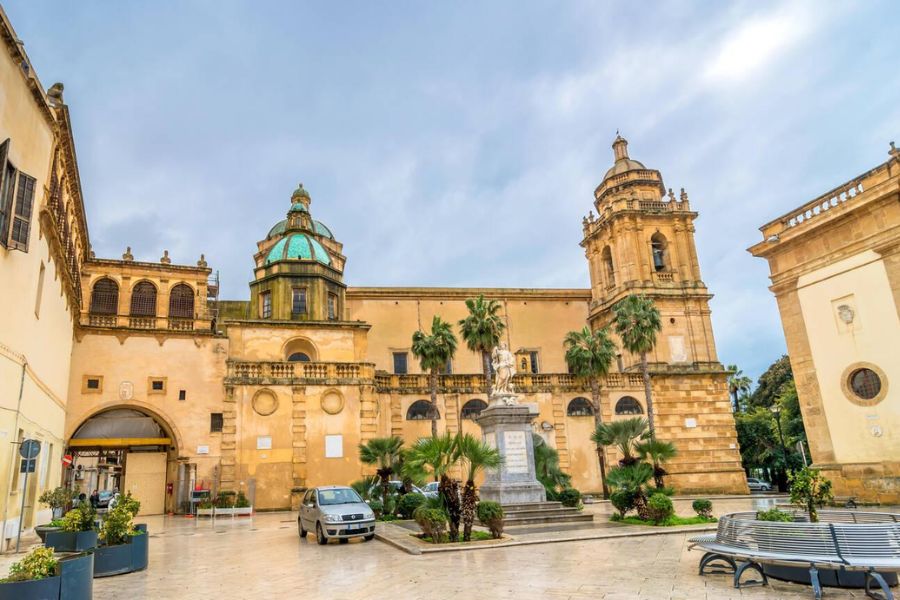
His castle ruins still dot the Sicilian landscape, silent witnesses to a wild and complicated past.
Revolts, Insurrection, and the Struggle for Autonomy
The Sicilian Vespers of 1282 stands out as one of history’s most famous insurrections. I stood in the church where it all began and honestly, I got chills just thinking about how a small incident could spark a revolt across the whole island against French rule.
Spanish viceroys couldn’t catch a break, either. In 1647, famine and epidemic hit hard, and people in Palermo rose up in massive revolts. I wandered through the square where starving citizens once gathered, demanding bread before things got out of hand.
Garibaldi’s 1860 expedition marks another turning point. Hiking along his route through central Sicily, I started to really appreciate how this revolutionary and his small band managed to topple the Bourbon monarchy and set the stage for Italian unification.
The Impact of Christian and Muslim Rule
Muslim emirs once ruled Sicily with remarkable religious tolerance. When I visited old mosques that later became churches, I noticed architectural elements from both faiths blending together in unexpected ways.
Christian rule didn’t keep things the same for long. The Normans, at first, kept some of that tolerance going, but later rulers pushed Muslims to the margins. By the time William II reigned in the 12th century, Muslims faced more and more discrimination.
Sicily’s geography left it open to pestilence and famine, and these disasters often kicked off political chaos. Digging through Palermo’s archives, I ran across accounts of how the Mohammedan faith survived underground, even when Christian kings tried to stamp it out.
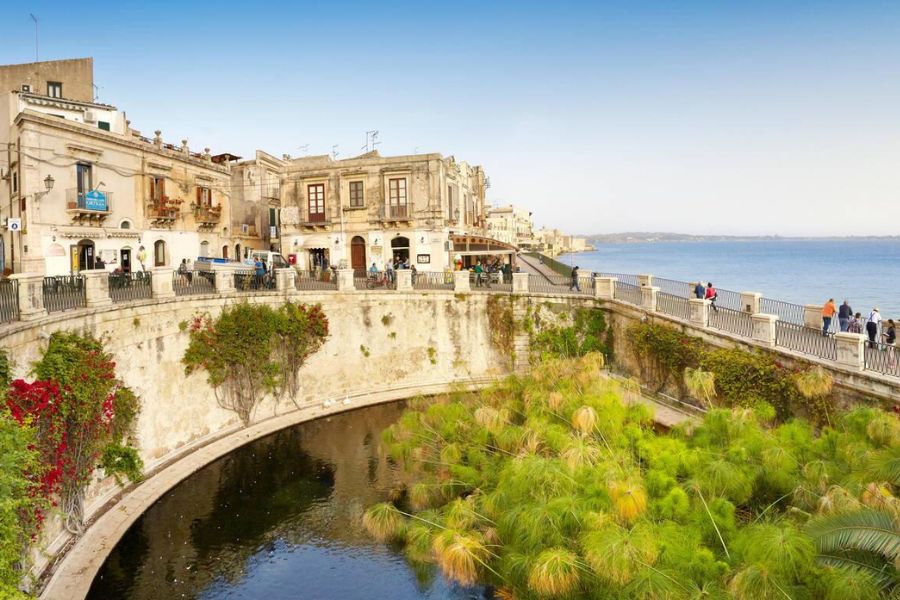
The island’s spot in the Mediterranean made it a tempting prize for centuries. Walking through the Valley of the Temples, I couldn’t help but reflect on how Sicily stood right on the frontier between Christian Europe and the Islamic world.
A Traveler’s Royal Roadmap: Exploring Sicily’s Historic Cities and Monuments
Sicily’s royal heritage lives on in monuments scattered across the island. I’ve relied on the 1:150,000 road maps by Freytag & Berndt to find my way between these historic treasures, which span Arab, Norman, Spanish, and Italian rule.
Syracuse and Messina: Echoes of Antiquity and Royal Patronage
Syracuse really drew me in with its layered history. It was once a Greek colony that rivaled Athens, and the ancient theater—where rulers once watched performances—still hosts shows under the same Mediterranean sky.
Ortygia, the island heart of Syracuse, practically buzzes with history. I traced the footsteps of Arab emirs who conquered the city in 878 CE. The Cathedral is the most fascinating part for me—it started as a Greek temple, became a Byzantine church, then a mosque, and finally a Norman cathedral.
Messina, though rebuilt after some brutal earthquakes, keeps its royal importance alive as Sicily’s gateway. The Norman cathedral bell tower holds one of the world’s largest astronomical clocks, and royal patrons commissioned it.
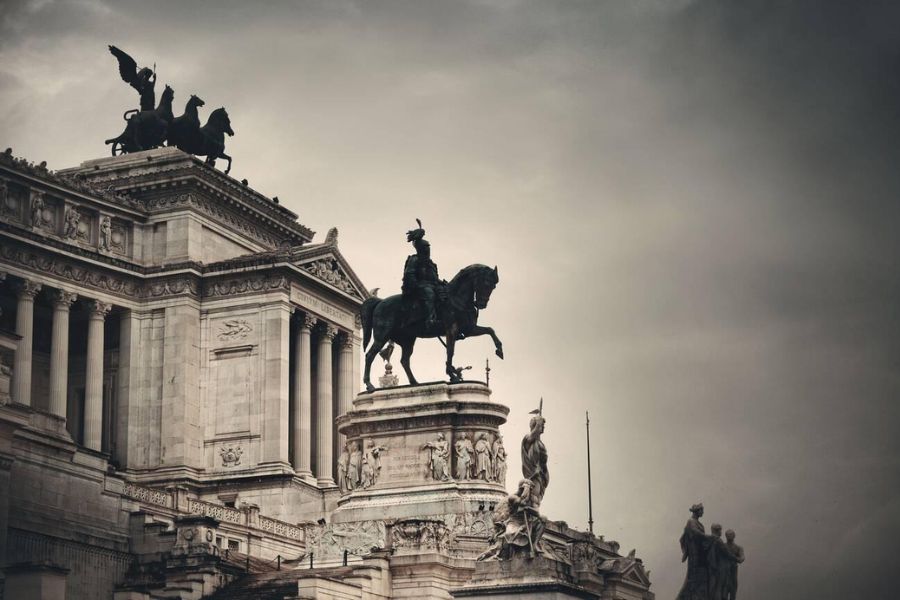
The Messina Strait has seen countless royal fleets crossing between Sicily and Calabria. Standing at the harbor, I tried to picture William the Good’s ships heading off to the Crusades and Spanish viceroys arriving to claim their new territory.
Agrigento and the Temple to Hercules
Agrigento’s Valley of Temples just floored me with its Greek ruins. The Temple to Hercules is the oldest in the valley, and its eight columns still stand, whispering stories of ancient royal patronage.
Not far away, I learned how the area thrived under Arab rule, when people called it Kerkent. The Arabs brought in advanced irrigation systems, much like what they used along the Tigris, and they transformed farming here.
Royal support didn’t stop there—Norman ruler Roger II left his mark too. Wandering through the medieval quarter, I spotted carved doorways and quirky Norman windows that hint at this royal legacy.
Later, Spanish viceroys took over this strategic city and used it to tighten their grip on Mediterranean trade. Their administrative buildings, oddly enough, blend in with the older Greek and Arab structures.
Girgenti, Mazzara, Ragusa, and Hidden Historical Gems
Girgenti (that’s the old name for Agrigento) ties right back to Sicily’s Arab roots, when it thrived as a center for learning. In its winding streets, I stumbled on quiet courtyards where Arab scholars once debated philosophy and mathematics.
Mazzara del Vallo, though, feels the most Arab-influenced of all. When I wandered through its kasbah district, I almost felt like I’d been dropped into North Africa—the maze-like streets haven’t changed much since Arab days.
Ragusa Ibla’s baroque beauty came later, but it sits on Norman foundations. The city split across two hills after an earthquake, and now the rebuilt upper town and preserved lower town show off different royal tastes in architecture.
These smaller cities sometimes keep royal history more alive than the big centers. In Mazzara, I found William the Bad’s fortress, which barely gets any visitors, and Ragusa surprised me with its Spanish colonial administrative buildings hidden in plain sight.
Tracing the Footsteps of Garibaldi and Modern Leaders
Garibaldi kicked off his 1860 expedition to unify Italy under Savoy rule, and that moment really changed Sicily’s path toward modern governance.
When I wandered through Palermo, I actually stood at the very spot where he declared himself dictator for Victor Emmanuel II.
You can still follow his journey across Sicily—from Marsala, through Calatafimi, up to Palermo. I walked some of that route myself and stumbled on monuments dedicated to the “Thousand” volunteers who fought by his side.
The transition? It didn’t go smoothly everywhere.
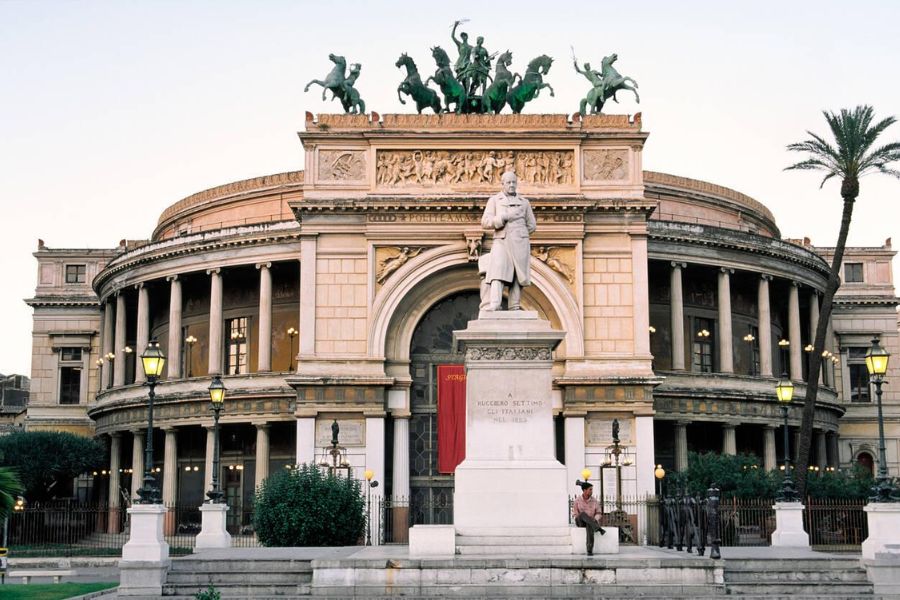
Near Syracuse, I found local museums that show how people resisted northern Italian rule. They keep artifacts from uprisings, and honestly, it’s clear some Sicilians felt they were just swapping Spanish overlords for Italian ones.
These days, administrative buildings have taken over old royal palaces. In Catania, the city runs its offices out of what used to be a Spanish governor’s residence.
Meanwhile, in Messina, the regional parliament gathers in a place where Norman kings once ruled.

